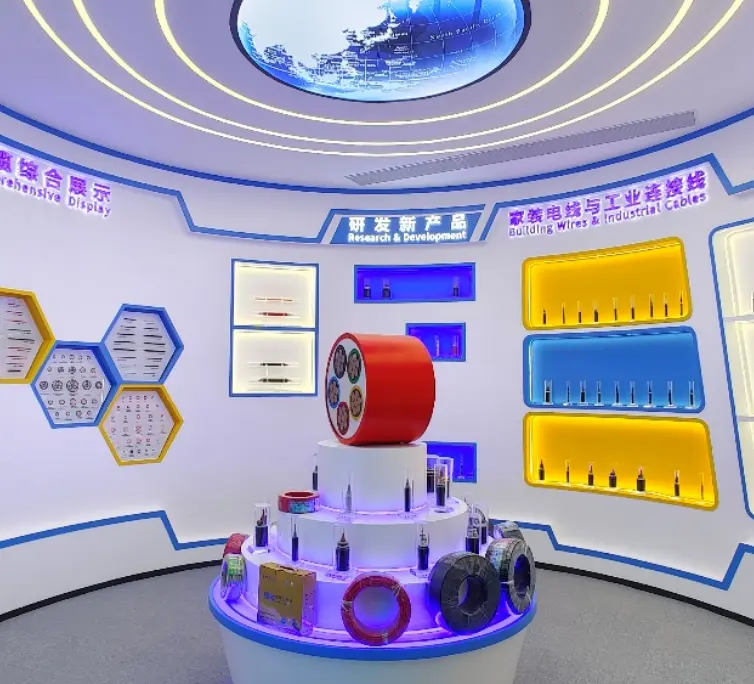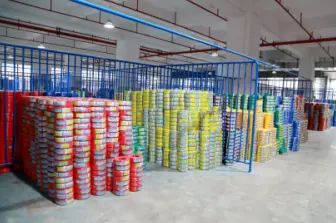Wiring Methods and Precautions for Copper Control Cables
Principle of CopperControl Cable
The principle of copper control cable is to use a copper tape to wrap the cable, forming a shielding layer to reduce or eliminate external electromagnetic interference. When the cable transmits signals, external electromagnetic waves can interfere with the signal, leading to signal quality degradation or even transmission failure. Copper control cable can effectively isolate external electromagnetic interference, ensuring the quality of signal transmission.
Function of Copper Control Cable
Copper controlcable plays an important protective role in cables. It can prevent external electromagnetic field interference, internal signal leakage, and protect the cable from mechanical damage and chemical corrosion. Copper control cable can also improve the mechanical strength and durability of the cable, extending its service life.
Copper Control Cable Wiring Steps
1. Prepare Tools and Materials: Before wiring the copper control cable, prepare necessary tools and materials such as wire strippers, crimping pliers, insulating tape, heat shrink tubes, etc.
2. Strip the Cable Outer Sheath: Carefully strip the outer sheath of the cable using wire strippers, taking care not to damage the internal conductors and shielding layer.
3. Handle the Shielding Layer: After flipping the shielding layer open, wrap it with foil or a braided mesh to ensure shielding effectiveness.
4. Connect Wires: Strip the insulation layer of the wires to an appropriate length, then insert the wire core into the terminal. Use crimping pliers to secure it, ensuring a tight connection with no looseness.
5. Insulation Treatment: After wiring, insulate the connection area with insulating tape or heat shrink tubes to prevent short circuits or electrical accidents.
Wiring Precautions
Safety First: Ensure the power is off when wiring copper control cables to avoid the risk of electrical shock. Wear protective gloves and glasses.
Check Carefully: After wiring, carefully check the connections to ensure they are secure and well-insulated, with no exposed or loose wire cores.
Follow Standards: Perform wiring operations according to relevant electrical installation standards to ensure electrical safety and project quality.
Testing and Verification: After wiring, conduct power-on testing and verification to ensure the correctness of the connections and the normal operation of the equipment.
Application of Copper Control Cable
Copper control cables are widely used in various fields such as communication cables, power cables, and computer cables. Especially in high-speed data transmission and communication fields, the role of copper control cables is more important. In the design and installation of cables, different shielding forms and materials should be selected according to specific conditions to achieve the best shielding effect.
Copper-shielded cable is one of the important measures to protect cables. It can effectively prevent external electromagnetic interference and ensure the normal operation of equipment. Although the wiring work of copper control cables seems simple, it requires meticulous attention to detail and strict adherence to safety standards and operational procedures. The types and applications of copper control cables are extensive, and it is necessary to choose the appropriate shielding form and material based on specific conditions. Adequate consideration of shielding measures in cable design and installation is essential to ensure wiring quality and the safe and stable operation of electrical systems.
Latest News & Blog
 English
English  français
français  Deutsch
Deutsch  العربية
العربية  tiếng việt
tiếng việt  ไทย
ไทย  čeština
čeština  Indonesia
Indonesia  Eesti
Eesti  български
български  slovenčina
slovenčina 



